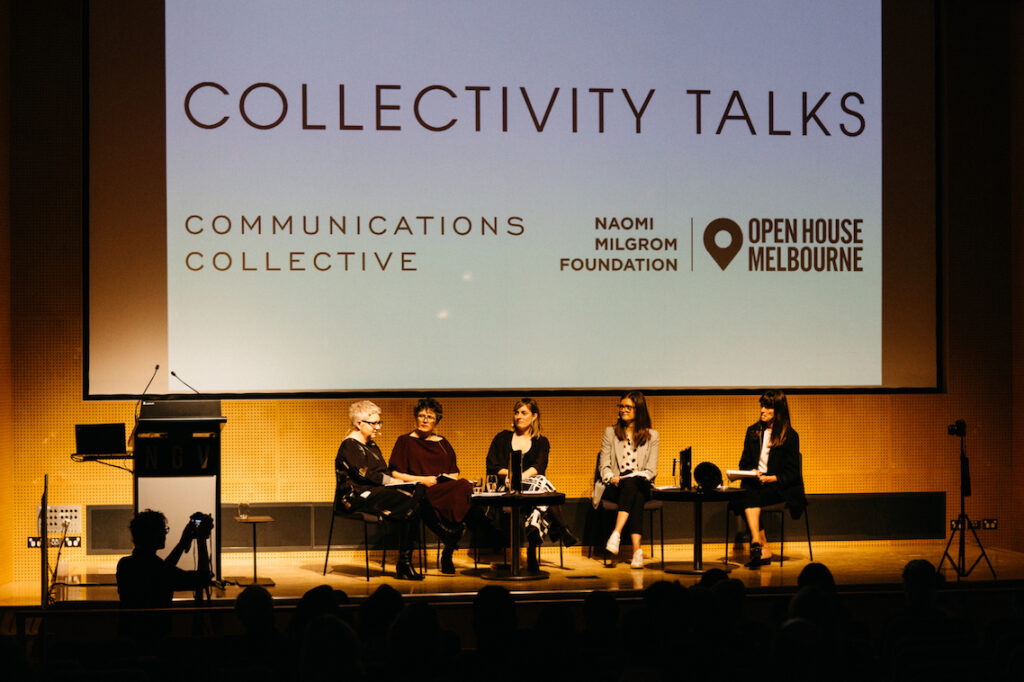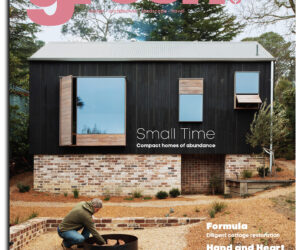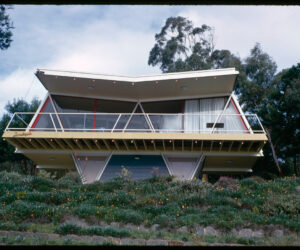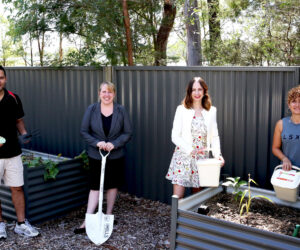Collectivity Talks – Ethical Cities
Creating greater transparency in Melbourne’s planning system would benefit all three main stakeholders – the public, developers and government – to create better, more inclusive cities.
That is one of the strongest messages from the recent Collectivity Talks – Ethical Cities panel discussion held as part of Open House Melbourne last week. The panel brought together four architects and urban planners to discuss some of Melbourne’s biggest challenges, including rapid population growth, densification and sprawl, affordability and ensuring diversity.
Co-presented by Communications Collective, the Naomi Milgrom Foundation and Open House Melbourne, the panel featured architects Meaghan Dwyer from John Wardle Architects and Katherine Sundermann of MGS Architects; they were joined by planners Claire Grealy of Urbis and Brighid Sammon from Hansen Partnership. The discussion was moderated by Communications Collective director Genevieve Brannigan.
“An ethical city is a just and good city, in contrast to the expected and the expedient. It’s equitable and equal. So it’s really about residents of different backgrounds and ages having equal access to things like jobs and education, and transport and housing,” associate director at MGS Architects Katherine Sundermann told the audience at the NGV’s Clemenger BBDO Auditorium.
The panellists put forward constructive proposals for planning guidelines, such as clarifying restrictions and community expectations early on in the development proposal process to give homeowners more certainty when buying property. By doing so, this would also guide developers to consider their possible return on investment based on foreseeable restrictions, rather than needing to overload sites to meet mandated profit expectations and avoiding the likelihood of VCAT. Government and council would benefit from depoliticising the planning process and be able to plan for more sustainable density, the panel discussed.
“Density has equity outcomes – it minimises urban sprawl, it takes the pressure off transport – but we can’t have that conversation when it’s already 11 metres high and next to your house. We have to have it before then,” said Claire Grealy, director of economic and social advisory at Urbis.
“There’s a huge issue of mistrust if we look at it as being three parameters [public, private and government],” added Brighid Sammon, senior urban planner at Hansen Partnership.
“The Victorian planning system was designed in an era of recession when we didn’t have population growth. We have to acknowledge that growth is occurring but we need a planning system that can enable us to have a positive conversation about what we would actually like to see. The planning system, in my opinion, just hasn’t been set up to enable that positive dialogue and conversation,” Sammon said.
Historically it has been difficult to shift inner and middle suburb residents away from ‘not in my back yard’ attitudes. Creating incentives for densification is a real challenge but Sundermann brought up a successful initiative applied in Vancouver in the early 1990s when, faced with rapid population growth, the city was divided into districts, with the incentive that neighbourhoods that volunteered for higher density would be rewarded with better public transport, public realm upgrades, amenities and infrastructure.
“Suddenly everyone was saying, ‘Oh, bring it to my neighbourhood! We want to have a vibrant and diverse community. We want to have upgraded public spaces.’ I think elevating the conversation and allowing citizens to be part of it is the answer,” says Sundermann.
Building in binding mechanisms, such as those in place in New South Wales, which allow developers extra development space based on providing public amenity in projects, was another proposal the panel considered. These measures would need to be more transparent than what Victoria currently has.
Architects themselves could do more to ensure good design outcomes, John Wardle Architects principal Meaghan Dwyer thought.
“As architects we must assume we have influence – we really need to talk to the clients to suggest good ways forward. Designers providing really good outcomes that balance private and public interests is so important,” Dwyer said.
Dwyer and Sundermann described situations where they have encouraged clients to make a positive contribution to the public realm, something looked on favourably by planning authorities. Sundermann suggested that more architects could push for the inclusion of social housing – up to 15 per cent on any project – and that clients were more receptive to the idea than might be expected.
The panel also saw many innovative initiatives taking place in Melbourne. They discussed the rise of ethical, community focused projects and the shift towards ‘deliberative’ rather than speculative models of development.
Panel moderator, Communications Collective director Genevieve Brannigan asked the panellists if they thought Melbourne’s cooling market could encourage developers to embrace some of the insights from the deliberative model, where consultation with an owner-occupier, rather than an absentee investor-owner, drives the design.
The panellists agreed that this was likely and Sundermann explained some of the benefits of the deliberative model.
“If you’re involved in the design of your future house you might choose things like more sustainable options because you know you’re the one who’s going to be paying the amenity bills. You might choose to have more shared spaces because you actually do want to have a vegetable garden on your rooftop,” she said.
A new emphasis on build-to-rent was another way that developers could make a positive social contribution.
“That’s where a developer might hang on to the building for a longer period of time and earn their money through rent, which is a very different market driver than selling apartments,” Dwyer told the crowd.
openhousemelbourne.org/event/collectivity-talks-ethical-cities



